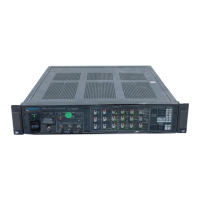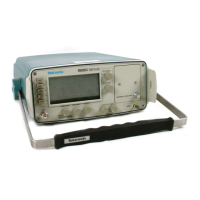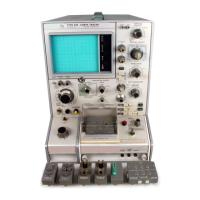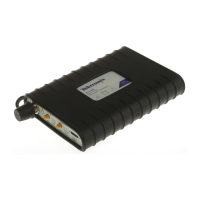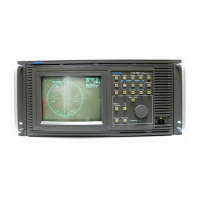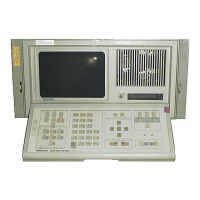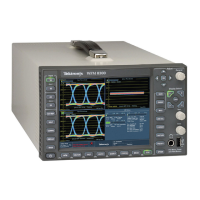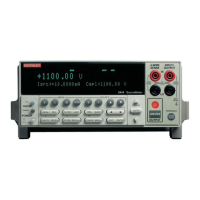1720/1721
4–1
Section 4
Theory of Operation
The material in this section is subdivided into general description, which is
supported by the main block diagram and simplified block diagrams, and
detailed circuit descriptions that use the schematic diagrams as illustrations. A
thorough understanding of the instrument starts with a knowledge of how the
major circuit blocks fit together, which is then followed up by knowledge of the
individual circuit functions.
Overview
The simplified block diagram shown in Figure 4-1 and the following paragraphs
are intended to introduce the 1720/1721 Vectorscope in the broadest of terms. A
full scale discussion of operation follows this overview.
The 1720/1721 is a special purpose oscilloscope, designed to display the
variations of phase in the NTSC or PAL color television signal. Color signals,
input through the rear-panel bridging loop-through connectors, are displayed on
the crt in a Cartesian plot. An added feature makes it possible to compare
two-channel audio signals. Audio signals are brought in through the rear-panel
X Y INPUT connector for an XY display of phases used for stereo encoding of
the audio signal.
Front-panel mode switching is accomplished by push-button switches whose
status is being constantly polled by a Microprocessor. The Microprocessor
controls gains and switching functions to make specific measurements.
The composite video signal from either the Channel A or B input is first
separated into its chrominance and luminance components. The luminance
component is used to generate the clamp signals used in the display of the
chrominance information and for synchronizing vectorscope operation. The gain
of the chrominance signal is adjusted prior to input to the Demodulators, for
quadrature demodulation. The demodulated output is filtered and clamped (at
H-Sync rate) by clamped amplifiers. The Output Amplifiers match signal
impedance and drive the crt deflection plates.
In addition to being demodulated and displayed, the chrominance signal can be
used to provide the internal subcarrier sample (in the INT REF position) to the
Subcarrier Regenerator; External Reference, when selected, is through the
rear-panel bridging loop-through EXT REF input. The regenerated subcarrier
can be phase shifted, by up to 360°, using the front-panel PHASE control. For
PAL applications, a 180° flip-flop is employed to reverse the phase of every
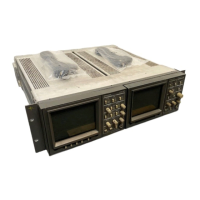
